Trip Introduction: 15 Days Annapurna Base Camp Trekking
Which is the Best Season to visit the Annapurna Base Camp Trekking Region?
Annapurna Base Camp Trek can be attempted all-round year. However, if you want it to be quaint and less trafficked then do it in the summer or monsoon season with preparedness. In the summer/monsoon (June, July, and August), the temperature ranges between 19°C/66.2°F to 4°C/39.2°F which results in a strong haze from the sun and heavy rainfall.
Ideally to get the best moods of nature and the weather we recommend you choose either autumn (fall) or spring to be in the Annapurna Region. The average temperature ranges between 12-21 degrees Celsius. The trekking trails are also neither too wet nor too slippery. The days are generally long and warm while the nights are comparatively cooler. As the days are brighter it provides a great opportunity to witness the green cultivable fields and the flora and fauna on the trails.
The winter months of December to February are the time when drastic changes occur in Annapurna Base Camp trekking region. The temperature ranges between 9.3°C/48.74°F to -20°C/-4°F. The weather is extremely cold and unbearable and poses all sorts of difficulties for trekking. This is the time that is not preferred by most trekkers.
Annapurna Base Camp trek area-Local Culture and Religion.
Gurung people are the main natives of the Annapurna Himalaya Region, around Nepal Mid-West as far towards the Lamjung area and further West of the country. Practice Buddhist religion as well as the ancient Bon cult of pre-Buddhism respecting and worship of nature and the spirit of ancestors where five elements are of basic importance Sky, Cloud/Water, Thunder/Fire, Vegetation, and Earth/Soil.
Gurung is farmers and cattle herders as the main traditional occupation of ancient heritage, Gurung menfolk are also known as famous and brave Gorkha soldiers winning much respect and valor in the British and Indian Army as well in Singapore Police.
Every house is adorned with Buddhist prayer flags which you can notice on this wonderful walk around Ghandruk, Chomrong, and at Jhinu including around Pokhara city.
Climate and Weather-Annapurna Base Camp.
Himalayan climate can be unpredictable sometimes even in good best seasons, where April and May to the first weeks of June will be the best time during spring times when days are longer with enough sunlight hours.
Morning and night time as well in shade can be cold and much freezing temperatures around higher areas above 2,000 m.Other months from September to November are another great time for treks around Annapurna Base Camp Trekking and other areas of the Himalayas, when days are clear for views and to summit the top of the peak, although much colder months of autumn season with extreme cold during morning and night time, where sunlight is much shorter.
Additional information
| Fitness | Beginner- Intermediate |
|---|
- On the world’s tenth highest peaks base camp within the scenic sanctuary and massive mountains
- The grand panorama of Mt. Annapurna and Mt. Dhaulagiri from Poon Hill’s picturesque viewpoint.
- Unique and awesome scenery of beautiful rolling green hills and mountains on walks.
- Explore traditional villages of Gurung & Magar / Poon villages of great cultural interests.
- The constant view of snow-clad peaks on daily walks from the beginning to the end of the trek.
- Stunning sunrise views over the world’s three highest Mt. Annapurna-Dhaulagiri and Manaslu.
- Get 360 degrees of fantastic mountain views from Annapurna Base Camp.
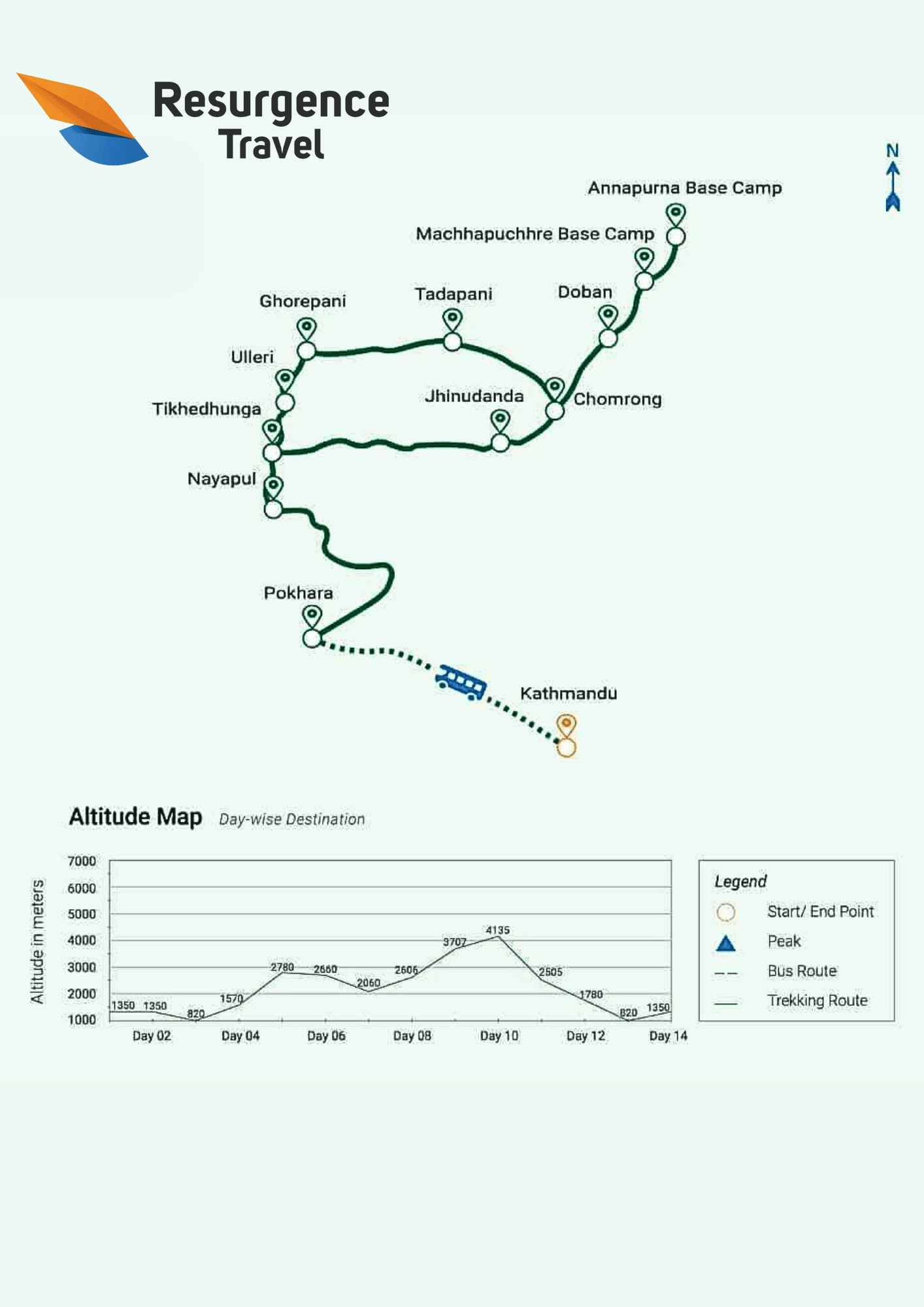
Suggested Equipment List For Annapurna Base Camp Trekking
- Duffel/Rucksack bag/Suitcase (We provide one complimentary Trekking Planner duffel bag that is to be returned after the trip).
- Day pack.
- Trekking shoes.
- Sports shoes or sandals.
- Sun Hat/cap.
- Warm woolen cap.
- Warm fleece jacket or puffy jacket.
- Waterproof Gore-Tex layer.
- Pullover or warm sweeter.
- Raincoat.
- 4/5 pairs of good quality socks.
- Hand gloves.
- 2/3 pairs of trekking trousers.
- 3/4 pairs of trekking shirts.
- 3/4 pairs of underwear (non cotton preferred).
- Sun glasses.
- Water bottle.
- 4 season sleeping bag (Optional/we can provide one if you need it. It is to be returned after the trip).
- Flash or Torch light.
- Camera and batteries.
What’s Included
- All airport pick up drop by private vehicle (for both international and domestic flights).
- Welcome dinner in an authentic restaurant.
- 03 night twin/double sharing accommodation in BB in Kathmandu.
- Guided sightseeing tours in Kathmandu with private vehicle.
- Kathmandu to Pokhara to Kathmandu by tourist bus.
- National Park entrance fee and Trekkers’ Information Management System( TIMS card).
- A highly experience, helpful, knowledgeable, friendly, English speaking, well-trained, Government license holding guide. Price includes his salary, food, drinks, accommodation, transport and insurance.
- 02 guest to 01 porter with their insurance, salary, food, accommodation and equipment.
- We provide an assistant guide his salary, food, drinks, accommodation, transport and insurance walking with group to support where necessary as per the group size.
- Accommodation in the mountain during the trekking.
- Three meals a day; breakfast, lunch and dinner and tea/coffee during the trekking.
- safe drinking water.
- Pokhara to Nayapul to Pokhara by private vehicle.
- Welcome dinner in an authentic restaurant.
- First add kit box.
- Resurgence Travel sleeping bag, down jackets, T-shirt, cap, duffle bags, city and trekking route maps – if necessary.
- Arrangement of emergency evacuation service (should have insurance for emergency evacuation and will be paid by your travel insurance company).
- Oxymeter to check your pulse and oxygen saturation and heart rate twice daily during the trek (very useful to check Altitude Mountain Sickness(AMS) symptoms). This helps ensure your trek is in the safest hands possible.
- One-hour complimentary spa/massage in Kathmandu after trek.
- All applicable government and local taxes per the itinerary
Q1. Can you provide me with more information about the tea houses on Annapurna Base Camp Trekking?
Based on location, the tea houses vary in their quality and style on this trek. Each of them has a communal room downstairs with one or two-bed bedrooms above them. You have to share toilet facilities. Some have hot shower facilities but some will have a standpipe. Tea houses use a burning stove in the main communal area. The other rooms are unheated. Tea houses do not have money exchange facilities. We recommend you exchange cash in Kathmandu.
At lower altitudes, there is electricity to charge your electronics. As we go higher tea houses become more basic. Cooler temperatures drain battery life, ensure your batteries last a little longer by putting them inside the pocket of your coat during the day or under your pillow at night.
Q2. How fit do I have to be for Annapurna Base Camp Trek?
Annapurna Base Camp trek is considered a moderately strenuous trek. However, trekking in Nepal requires a lot of steep uphills and downhill walking. You must be healthy and fit and be able to trek a minimum of 4-5 hours.
Q3. How many guides and porters will be in our group for 15 Days Annapurna Base Camp Trekking?
A group will have a group leader or a guide who will lead you on the trek. Porters will be there to carry your baggage packs as well as all camping gear. One porter will carry two trekkers’ bags. The number of supporting staff will depend upon your group size.
Q4. How many liters of water do I need to cary each day on the Annapurna Base Camp Trek?
At most, 3-4 liters is sufficient. You will be able to refill bottles at lunchtime. When you are at a high altitude you have to drink more water to alleviate the symptoms of altitude.
Q5. Is it necessary to carry trekking poles for 15 Days Annapurna Base Camp Trekking?
Yes, trekking poles make it easy to walk over rough or steep terrain. Trekking poles make your body and leg move more safely. Furthermore, it will help relieve the stress on your legs. So, we suggest you use them.
Q6. Is bottled water available everywhere on the Annapurna Base Camp Trek?
Tea houses and other small shops on the way have stores that sell bottled water and other supplies you may desire. There are no any plastic recycling facilities in Nepal, we encourage you to bring chlorine tablets or a filter and use previously boiled water in the tea houses.
Q7. Should I bring iodine tablets for purifying the water for 15 Days Annapurna Base Camp Trekking?
You have to bring iodine tablets with you. Chlorine tablets are widely available. The most effective and commonly used version of chlorine is chlorine dioxide, which is tasteless and odorless. Tablets can be bought cheaply and usually, 1 tablet is sufficient to purify 1 liter of water. Neutralizing tablets can also be bought to get rid of the smell and taste of chlorine or iodine. This will need to be done for water obtained using hand pumps or in streams during the trek.
Q8. What are the effects of going so high in Annapurna Base Camp Trekking?
Altitude produces physical changes in the body. The higher you go, the more pronounced those changes. If you gain a lot of elevation quickly then you experience dizziness, nausea, headaches, and dehydration, you are probably suffering from altitude sickness. In rare cases this may worsen, so the group leader keeps a close watch on all trekkers. The group leader is trained to recognize Acute Mountain Sickness (AMS). If a trekker shows any signs of AMS they will be evacuated to a lower, safe altitude immediately. To minimize the effects of altitude you ascend slowly which allows for safe acclimatization.
Q9. What if I get ill while on the Annapurna Base Camp Trekking?
It depends on the nature of your illness. If you suddenly feel dizzy or weak, you have to sit or lie down. If you still feel sick, keep warm and rest until you can get medical help. You will be carried down or evacuated if you do not start to feel better. Although we provide a first aid kit, we advise travelers to take a personal first aid kit too.
In serious cases, you may need helicopter rescue. Our guide will suggest you use it if your condition is very serious. Therefore, helicopter rescue insurance is necessary for every trekker before you come to trek with Trekking Planner.


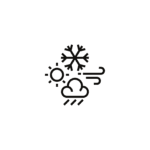
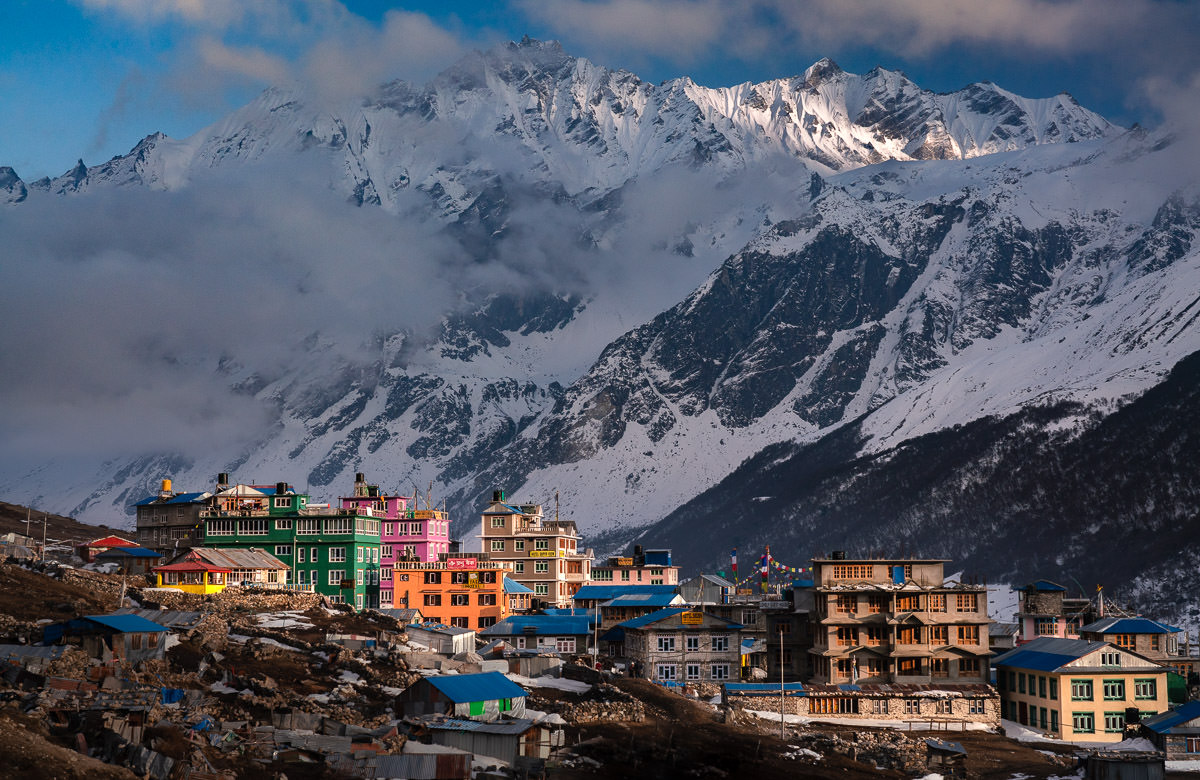
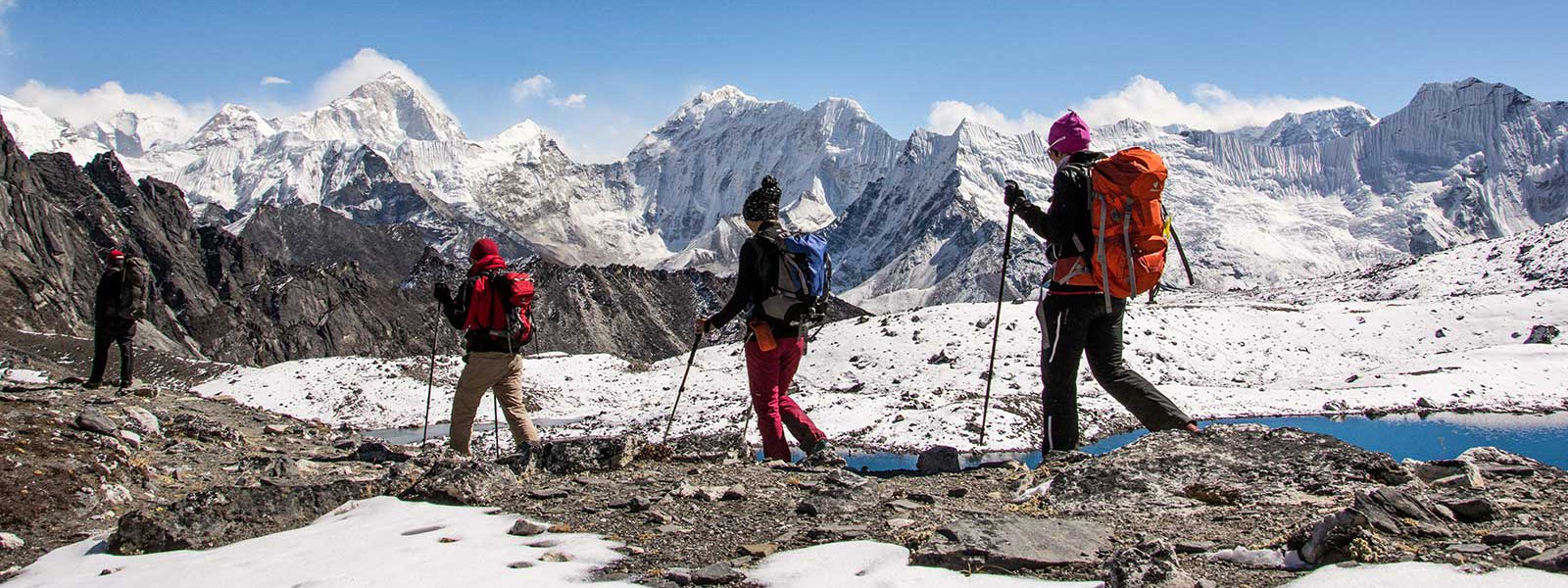

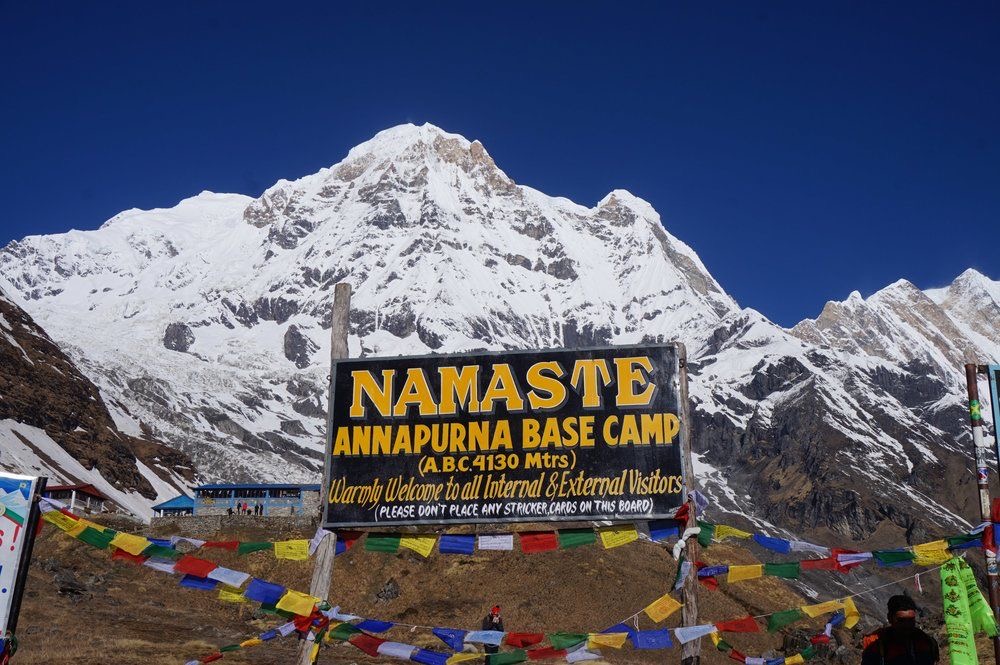
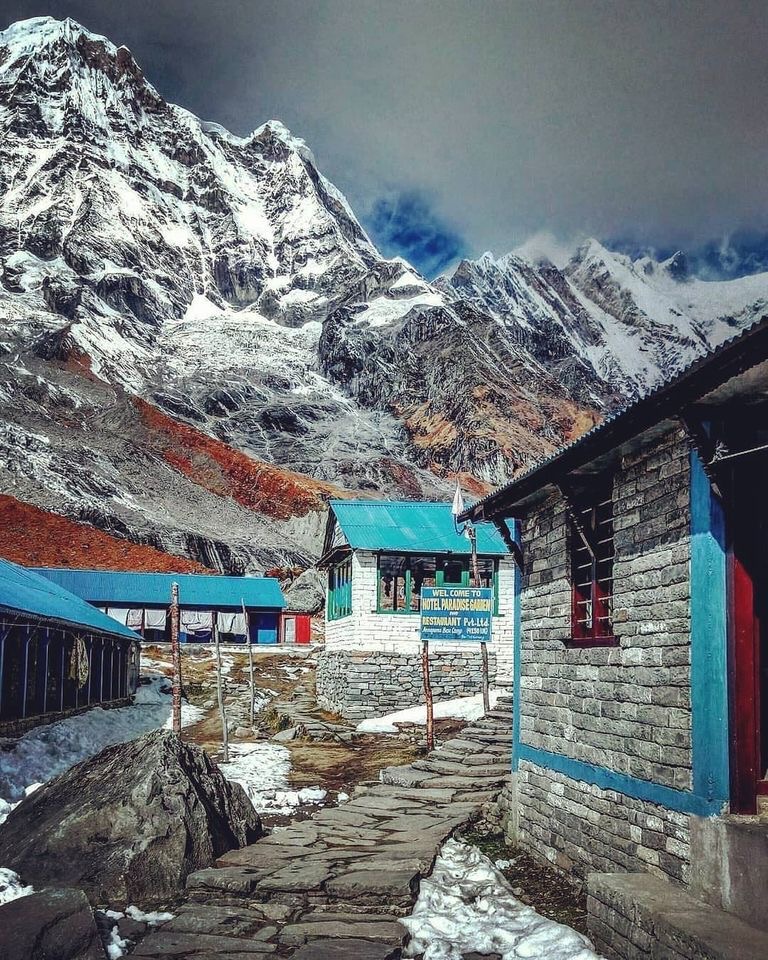
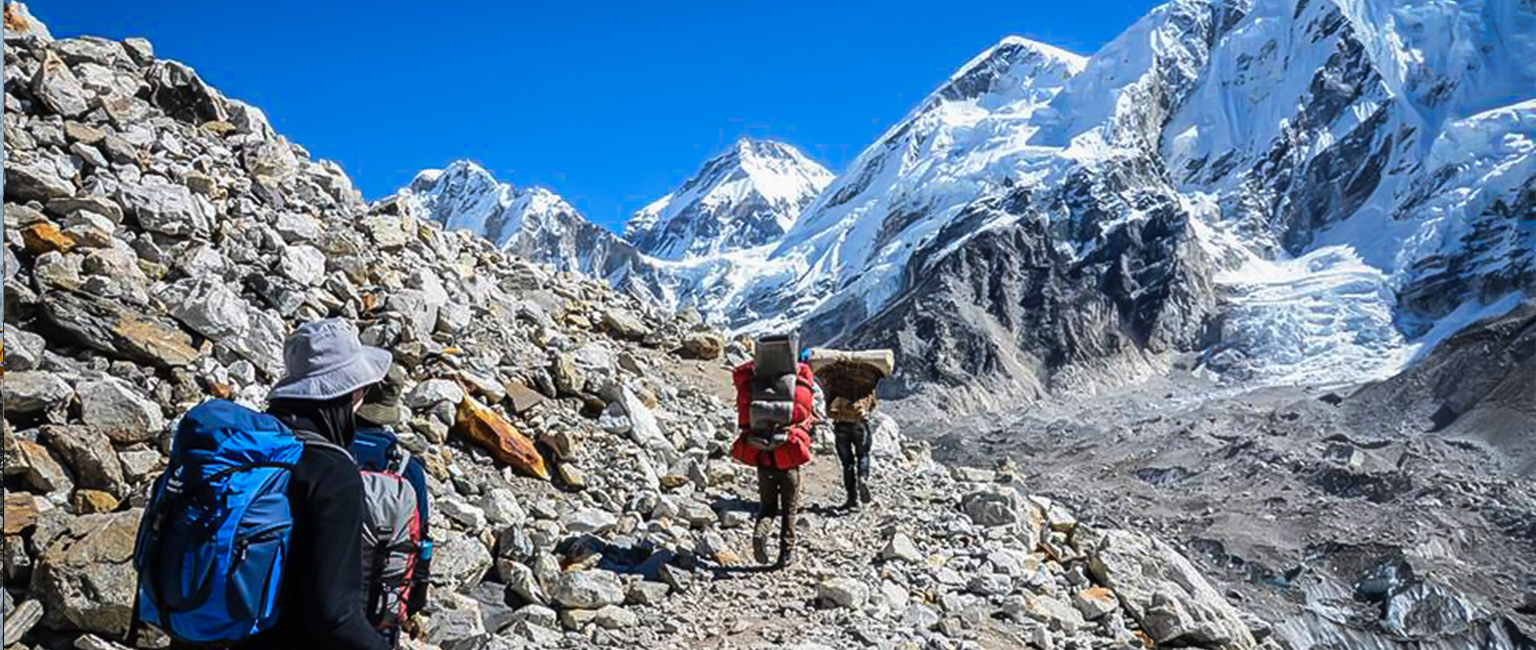
Tour Reviews
There are no reviews yet.
Leave a Review